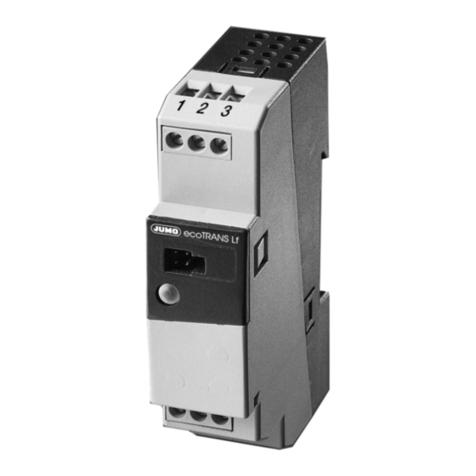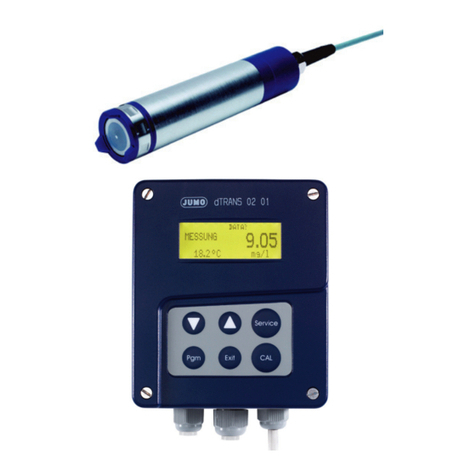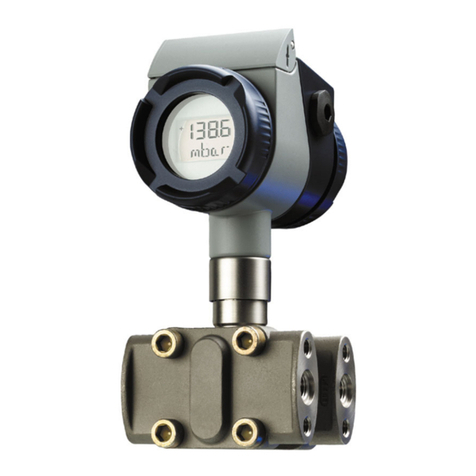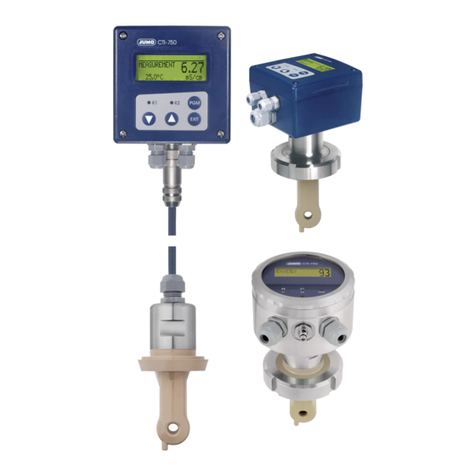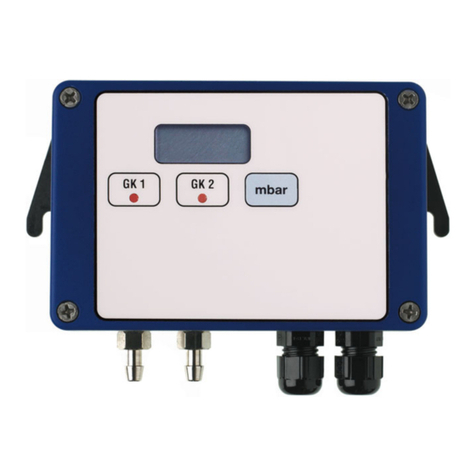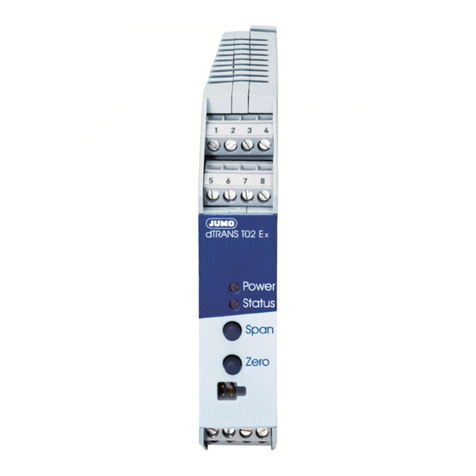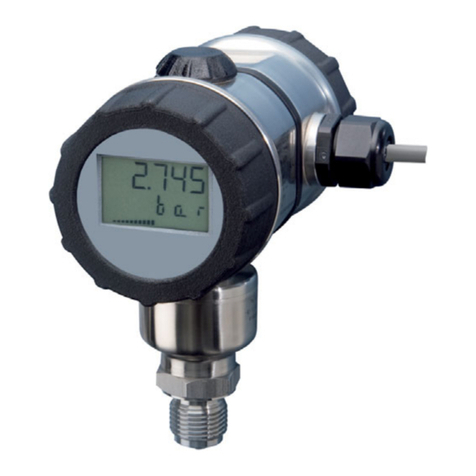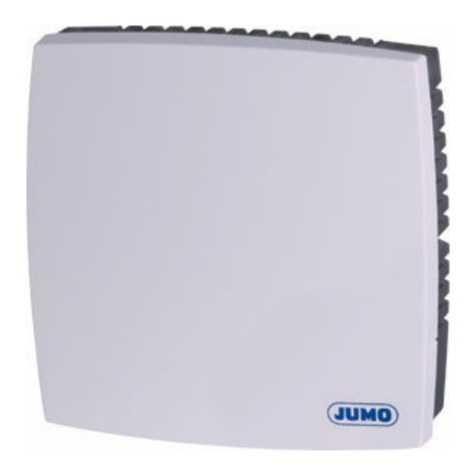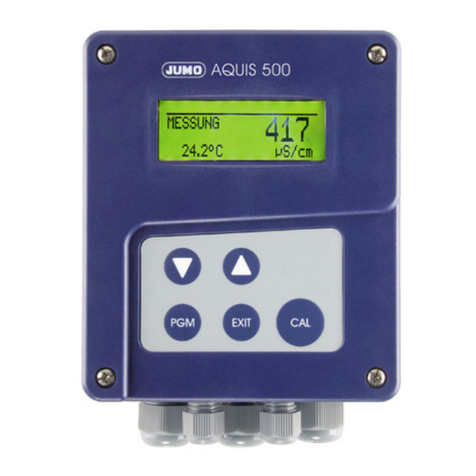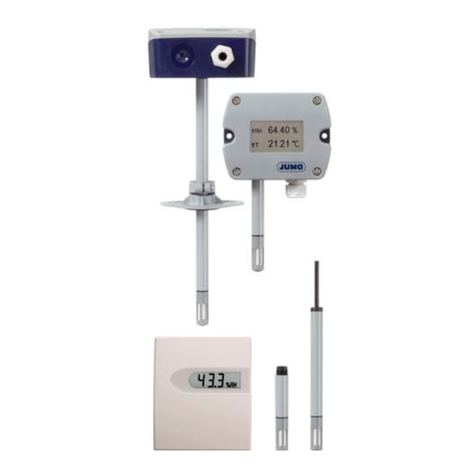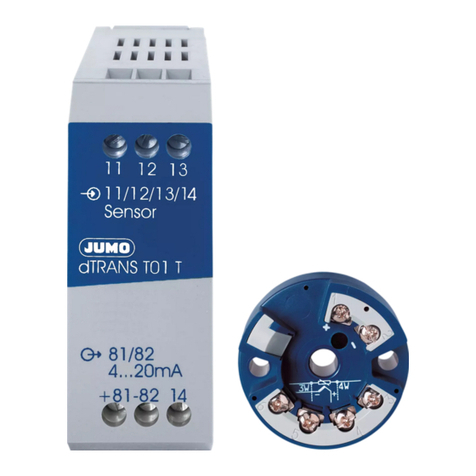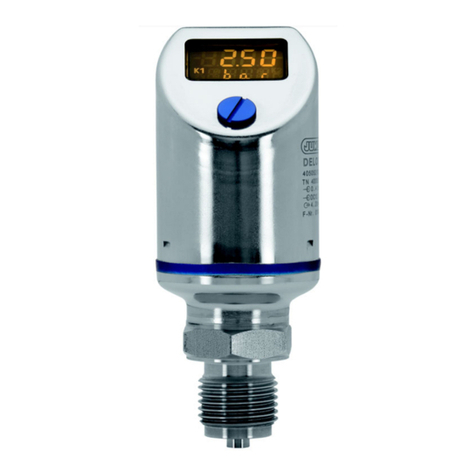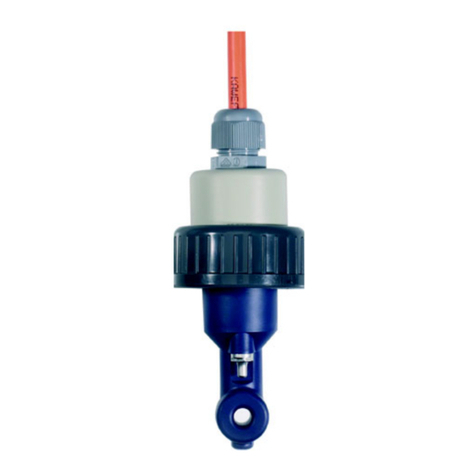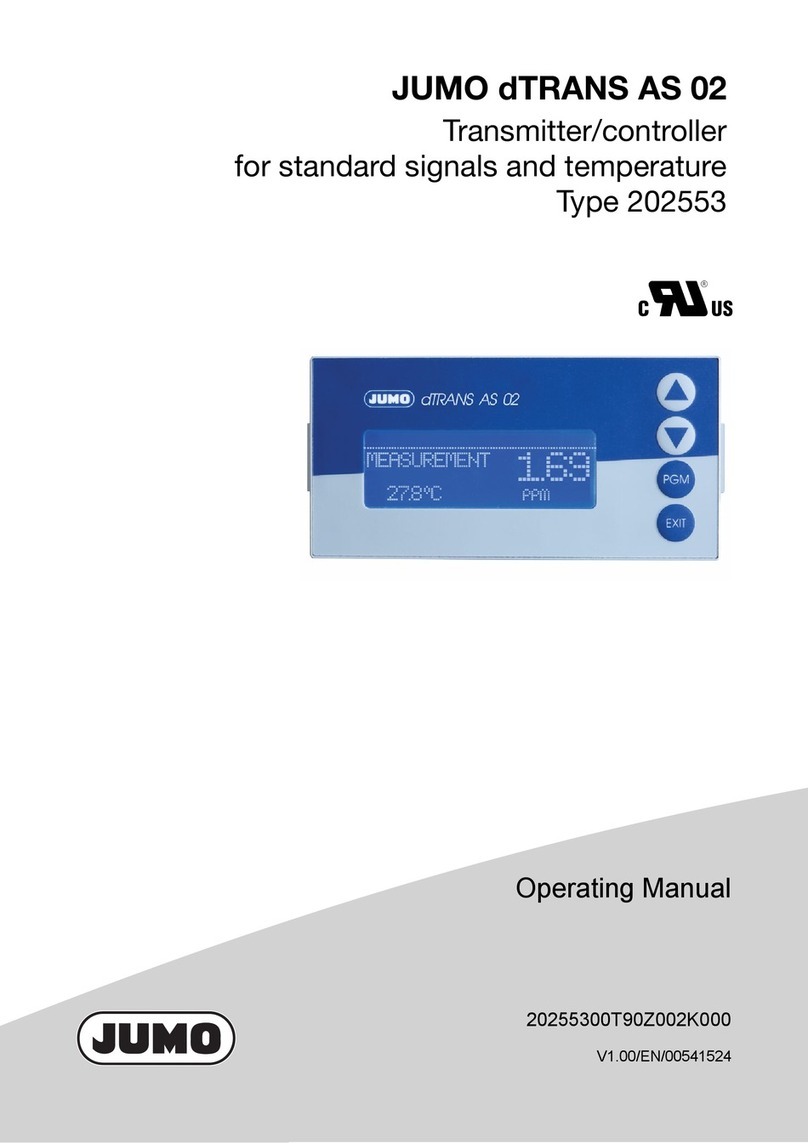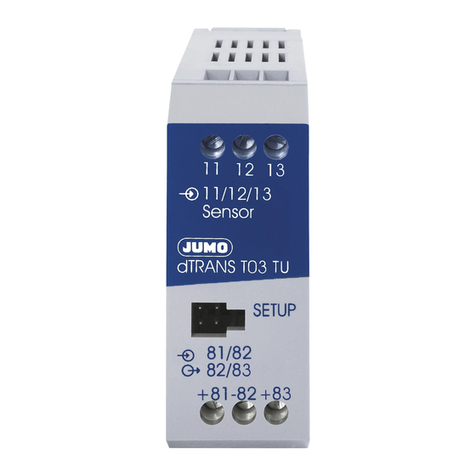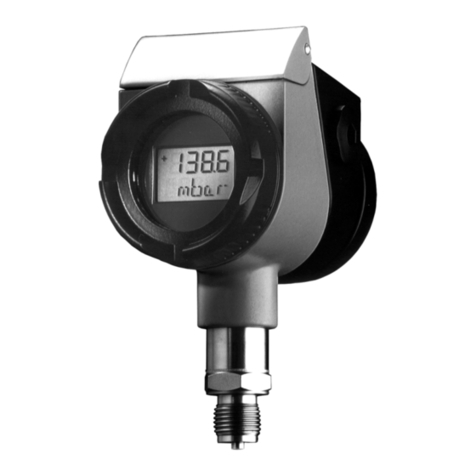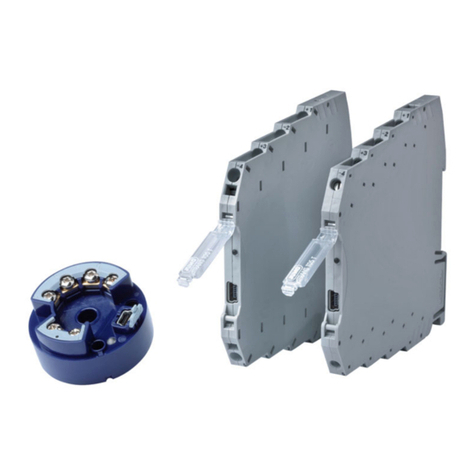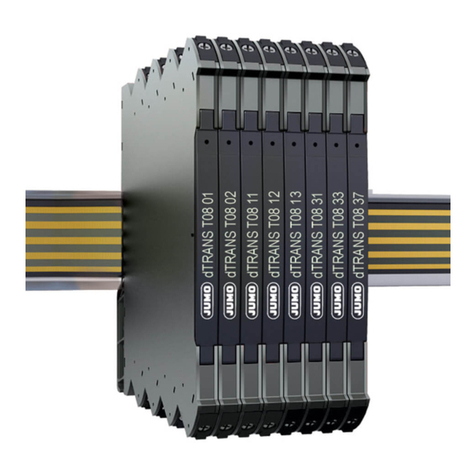
Content
9 Calibration . . . . . . . . . . . . . . . . . . . . . . . . . . . . . . . . . . . . 40
9.1 General information . . . . . . . . . . . . . . . . . . . . . . . . . . . . . . . . . . . . . 40
9.1.1 When is calibration required? . . . . . . . . . . . . . . . . . . . . . . . . . . . . . . 40
9.2 Activating and starting calibration mode . . . . . . . . . . . . . . . . . . . . . 40
9.2.1 Starting calibration from the calibration level "CALIB" . . . . . . . . . . . 41
9.2.2 Starting calibration with the hot key (rapid access) . . . . . . . . . . . . . 41
9.3 Canceling calibration and error messages . . . . . . . . . . . . . . . . . . . 42
9.3.1 Zero point error . . . . . . . . . . . . . . . . . . . . . . . . . . . . . . . . . . . . . . . . . 42
9.3.2 Slope error . . . . . . . . . . . . . . . . . . . . . . . . . . . . . . . . . . . . . . . . . . . . 42
9.3.3 General error during calibration . . . . . . . . . . . . . . . . . . . . . . . . . . . . 42
9.3.4 Acknowledging errors . . . . . . . . . . . . . . . . . . . . . . . . . . . . . . . . . . . . 43
9.3.5 Additional measures . . . . . . . . . . . . . . . . . . . . . . . . . . . . . . . . . . . . . 43
9.4 One-point or two-point calibration . . . . . . . . . . . . . . . . . . . . . . . . . 43
9.4.1 Selecting one-point calibration . . . . . . . . . . . . . . . . . . . . . . . . . . . . . 43
9.4.2 Selecting two-point calibration . . . . . . . . . . . . . . . . . . . . . . . . . . . . . 44
9.5 Calibrating a pH measurement chain . . . . . . . . . . . . . . . . . . . . . . . 44
9.5.1 One-point calibration (zero point) . . . . . . . . . . . . . . . . . . . . . . . . . . . 44
9.5.2 Two-point calibration (zero point and slope) . . . . . . . . . . . . . . . . . . . 45
9.6 pH antimony measurement chain . . . . . . . . . . . . . . . . . . . . . . . . . . 48
9.7 Redox measurement chain . . . . . . . . . . . . . . . . . . . . . . . . . . . . . . . 48
9.7.1 General information . . . . . . . . . . . . . . . . . . . . . . . . . . . . . . . . . . . . . 48
9.7.2 One-point calibration (recommended calibration) . . . . . . . . . . . . . . 48
9.7.3 Two-point calibration . . . . . . . . . . . . . . . . . . . . . . . . . . . . . . . . . . . . 50
10 Analog output . . . . . . . . . . . . . . . . . . . . . . . . . . . . . . . . . . 52
10.1 Behavior of the output signal during calibration . . . . . . . . . . . . . . . 52
10.2 Behavior of the output signal in case of error . . . . . . . . . . . . . . . . . 52
10.3 Output signal in case of error . . . . . . . . . . . . . . . . . . . . . . . . . . . . . 53
10.4 Output signal when leaving the scaling range . . . . . . . . . . . . . . . . . 53
10.5 Manual mode of the analog output . . . . . . . . . . . . . . . . . . . . . . . . . 53
11 Relay output . . . . . . . . . . . . . . . . . . . . . . . . . . . . . . . . . . . 54
11.1 Relay behavior . . . . . . . . . . . . . . . . . . . . . . . . . . . . . . . . . . . . . . . . . 54
11.2 Binary output 1 (submenu "BIN.1") . . . . . . . . . . . . . . . . . . . . . . . . . 54
11.3 Manual mode of the relay output . . . . . . . . . . . . . . . . . . . . . . . . . . . 57
11.4 Behavior of the relay during calibration . . . . . . . . . . . . . . . . . . . . . . 58
11.5 Pulse function of the relay output . . . . . . . . . . . . . . . . . . . . . . . . . . 58
11.6 Behavior of the relay in case of error . . . . . . . . . . . . . . . . . . . . . . . . 60
11.7 Error detection . . . . . . . . . . . . . . . . . . . . . . . . . . . . . . . . . . . . . . . . . 60
